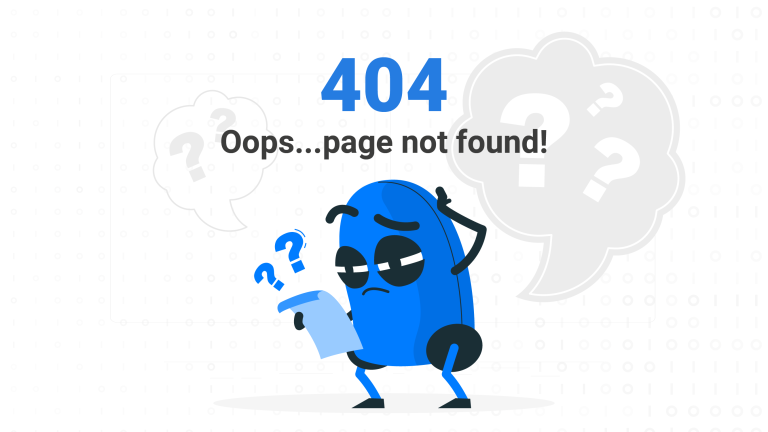Table of Contents
Ecommerce brands optimize for metrics related to Return-on-Investment (ROI), such as ROAS (Return on Advertising Spend) and CIR (Cost Income Ratio), as part of performance marketing campaigns. Both metrics have merit, but it is important to not make them the sole focus as there are nuances to consider.
Before explaining why ROAS and CIR could be misleading, we want to quickly explain both metrics again.
- ROAS (Return on Advertising Spend) is a metric that measures the efficiency of an advertising campaign or effort by calculating the revenue generated for every dollar spent on that specific campaign. It is calculated by dividing the revenue generated by the spend or cost of running a campaign. Example – brand A invests USD 10,000 in Google Search, driving USD 40,000 in revenue. The ROAS for this campaign, calculated as USD 40,000 / USD 10,000 = 4.
The higher your absolute value of ROAS, the better your ROI. - Cost income ratio is a metric that is more often used as a financial ratio rather than a marketing metric. We do see different brands use this number instead. CIR is used to measure a company’s operating efficiency by comparing its operating costs to its revenue. It divides a company’s opex by its net operating income. Example – brand B invests USD 10,000 in Google search, driving USD 50,000 in revenue. The CIR for this campaign is calculated as USD 10,000 / USD 50,000 = 0.2
The lower your absolute value of CIR, the better the performance of your campaign.
In summary, ROAS and CIR are opposite metrics. However, CIR provides more a more holistic view by considering specific costs in relation to revenue. CIR also goes beyond marketing and media investments only.
Why is ROAS (or CIR) misleading?
ROAS has become a commonly used metric in channels that play more top of the funnel, such as the Meta suite (e.g. Facebook, Instagram). These platforms often prioritize ROAS in their metrics, making it the primary focus for optimization. However, the way in which ROAS is presented in these platforms can be confusing and difficult to understand. Even though there may be clear attribution windows provided in the interface, the final ROAS outcome can still be difficult to interpret. There is no way to verify the accuracy of ROAS, making it a potential source of inaccuracies. At admiral.digital, we are cautious about the potential for inflated ROAS numbers, as it may result in an excessive allocation of media budget to the publisher.
- ROAS only takes revenue into account, and not profit. If marketers don’t factor in gross margins, ROAS becomes a vanity metric. A ROAS of 5x may sound great for a brand with a 75% gross margin but is a nightmare for companies with gross margins under 20%.
- ROAS does not distinguish between transactions from new customers versus existing customers. If 90% of the transactions your campaigns drive come from existing customers, your ROAS will be high but your business will not grow in the long run. In fact, it may be losing money as you are spending all your media budget on re-activating existing customers.
- ROAS does not consider the costs of acquiring a customer (CAC) and does not take into account other expenses such as marketing and sales costs. CAC is an important metric to consider when evaluating the long-term profitability of a campaign. CAC and ROAS should be considered together.
- ROAS is often based on longer attribution windows, which can inflate results and make it difficult for marketers to evaluate the true effectiveness of a campaign. Additionally, ROAS does not consider the Customer Lifetime Value, which is also a crucial metric for long-term profitability.
What do we advise:
- Always start with a mindset of customer acquisition versus lifetime value of customers.
Your business will grow sustainably if you manage to acquire high quality (CLV) customers efficiently (CAC). Fully understand which channel is giving the highest quality customers first before investing significantly in performance marketing.
- Consider ROAS as a metrics that gives you insights into top-of-the funnel campaigns but never use it as your Northstar metric. Let it guide you and give you context. Map ROAS against margins.
- Use cohort analysis to really understand the contribution of new vs existing customers.
Follow customers over time and re-activate them when you a see an increased churn or drop in retention. - Be cautious with discounts. Yes, the never-ending ecommerce discounts are great. We love them too! But only as customers 😉. Discounts can boost your ROAS short term but if they are not linked back to CAC or CLV, they might be doing more harm than good. Build your business sustainably.
- Focus on the long run. Do not set monthly ROAS targets because as a business owner, it will result in wrong long-term decision making.







